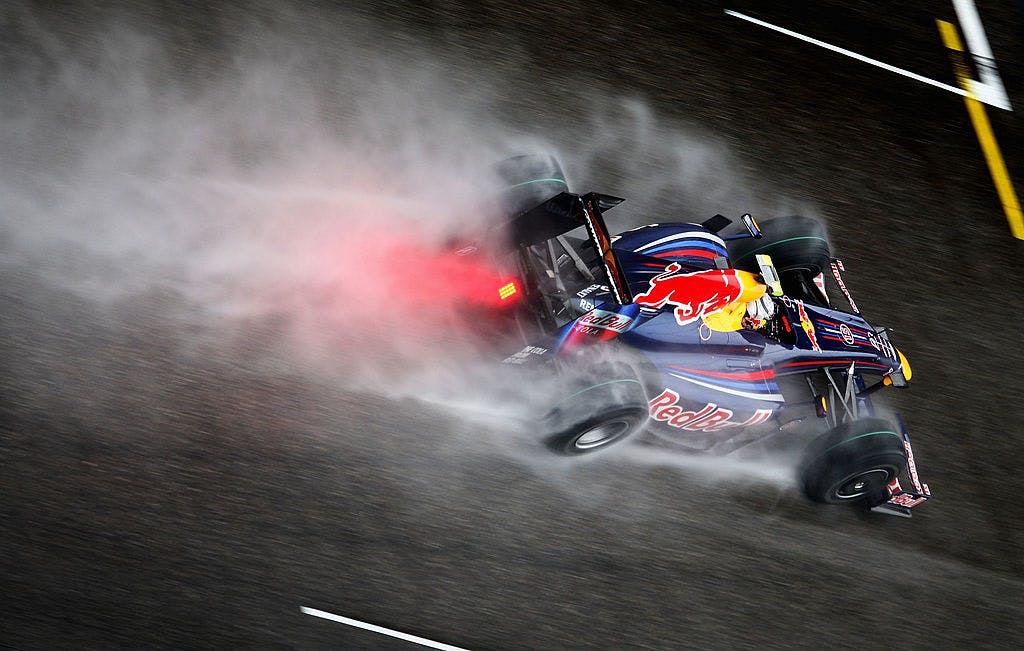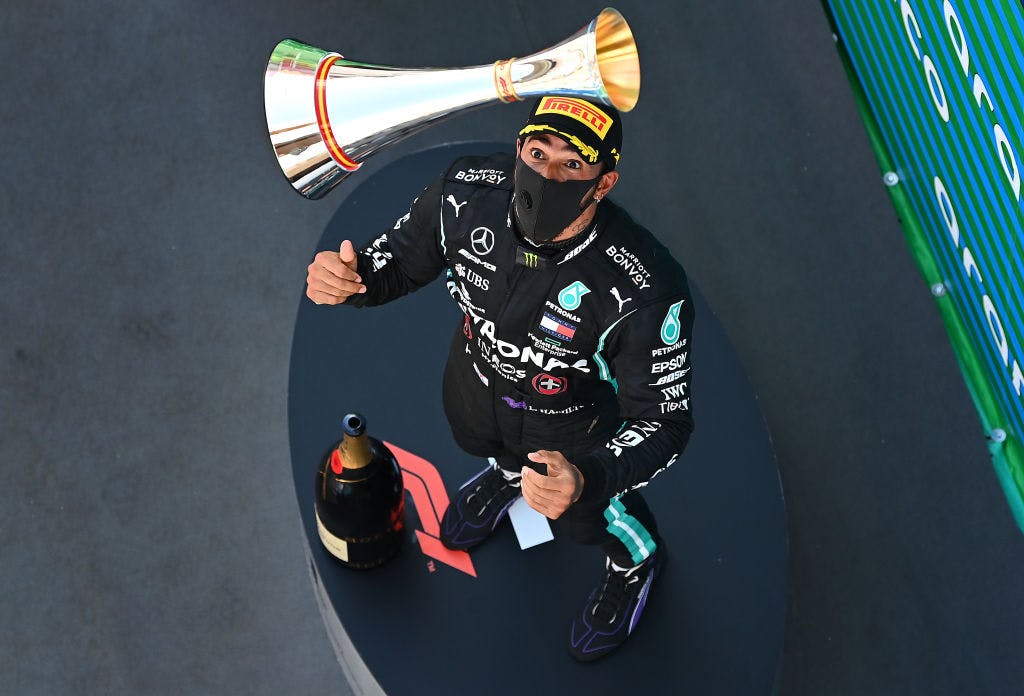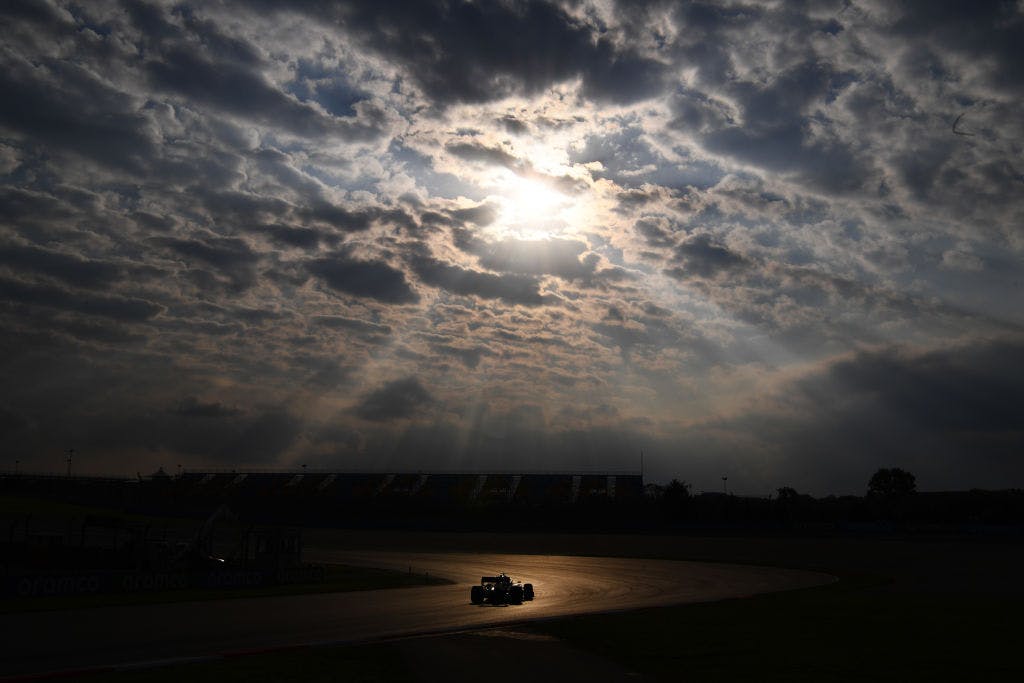As sport made its return following the postponements of spring 2020, those charged with photographing large-scale events have had to consider how to adapt their practices in the face of the ‘new normal’.
Getty Images’ presence in Formula 1 dates back to the early years of the competition, way before the current challenges. But this season the motorsport has decided to formalise the relationship, with the company becoming the motorsport series’ Official Photographic Agency.
The “long-term” deal will see Getty Images cover every Formula 1, Formula 2, Formula 3 and Porsche Super Cup race with its team of expert motorsport photographers.
Commercial importance
Adam Crothers, head of digital media rights at Formula 1, explains the rationale behind the decision to solidify the relationship, saying: “We felt that now was the right time to try and add some structure to how the photography business operates at F1, both from a photography capture at track perspective, as well as how we optimally distribute those assets that have been captured.
“We place tremendous value in all of the media IP that we create, own and distribute; be that audiovisual or static imagery assets.
“It’s well documented that F1 has a very broad, progressive and scalable distribution strategy when it comes to our audiovisual IP, including live, highlights or original programming and across multiple media platforms.
“We felt it was hugely important that we also had a strong and robust distribution strategy as it related to our photography IP and after careful consideration, we felt that Getty Images were the right partner to deliver on that charter.”
Getty Images already works with more than 85 sports governing bodies, leagues, and clubs on a similar basis. This includes Fifa, the PGA Tour, the International Olympic Committee, Major League Baseball and Uefa. Crothers indicates this was key to F1’s decision to select the company as its Official Photographic Agency, saying: “Given their impressive track record in delivering on that vision with our peers on a global basis, we felt they were the right choice for us.
“Getty Images came to us with a very compelling vision on why and how they were best suited to both capture the true essence of F1 at each GP, but equally, to broaden the reach of F1’s rich catalogue of photography.
“Getty Images has a very long history in F1, so we truly felt that we were partnering with an agency that genuinely and credibly understands our sport – another important factor in our decision-making process.
“The agency’s photographers bring a level of creativity that captures the speed, the colour, the adrenaline and the excitement of Formula 1. We want unique angles, unseen moments, imagery that connects with the viewer. Just as a Formula one car looks for the extra tenth, we wanted photographers that strive to be the best.”

The Impact of the pandemic
One of the Getty Images photographers Crothers refers to is Clive Mason, who has been covering F1 for many years and is therefore well placed to give a perspective on how the external circumstances of the last 12 months have impacted the process of photographing the sport.
Previously, a central part of Mason’s job had been to photograph the crowds at Formula 1 Grand Prix, but with fans kept away from events, this has shifted.
Mason explains: “Without the spectators, the atmosphere has definitely changed. It also means that my focus now is on purely shooting the cars. It’s given me the opportunity to concentrate even more on creating differentiated imagery.
“With fewer people at the events, and social distancing measure in place, I can play with different angles and experiment with different positions.
“Areas normally heavily populated by paying guests and fans were now available for us to shoot from, which presented interesting potential for new angles and previously un-shot pictures.”
While the situation has allowed for this kind of experimentation, Mason indicates that the fundamentals of capturing a photograph that stands out from the rest haven’t changed.
He says: “It’s really down to preparation, having a thorough knowledge of the subject you are photographing, constantly experimenting with different styles and, of course, a little bit of luck. In many ways, the pandemic doesn’t change this.”
Neither, Crothers suggests, have Formula 1’s expectations significantly altered.
“Our approach to photography hasn’t changed during the pandemic, we still look for the same qualities in our imagery, it has to be of the highest standard and engage with our audience,” he explains.
“The pandemic has perhaps made it more challenging in terms of access for photographers, but the Getty Images team have raised the bar in bringing us stand-out imagery given the limitations they’re operating under. I have no doubt they will continue to be at the front of the grid, creating a lasting legacy that tells the story of Formula 1 in 2021 and beyond.”
The return of sport has also provided images that capture the essence of 2020 and the impact of the pandemic.
A particular example Mason points to is an image of Lewis Hamilton (below), throwing his trophy into the air after winning the 2020 Spanish Grand Prix whilst sporting the protective facemask that has become commonplace in the last 12 months.

Mason comments: “We did think at one point that the facemasks would ruin pictures but in fact, as with the picture of Lewis Hamilton throwing his trophy in the air, they actually help create an image that will go down in history and mark a passage of time.”
Formula 1 photographers such as Mason are also aided by the landscape Formula 1 races often take place in, with the picture below of the Daniel Riccardo in practice at the 2020 Grand Prix in Turkey illustrating how natural surroundings can provide the fulcrum to a memorable shot.
